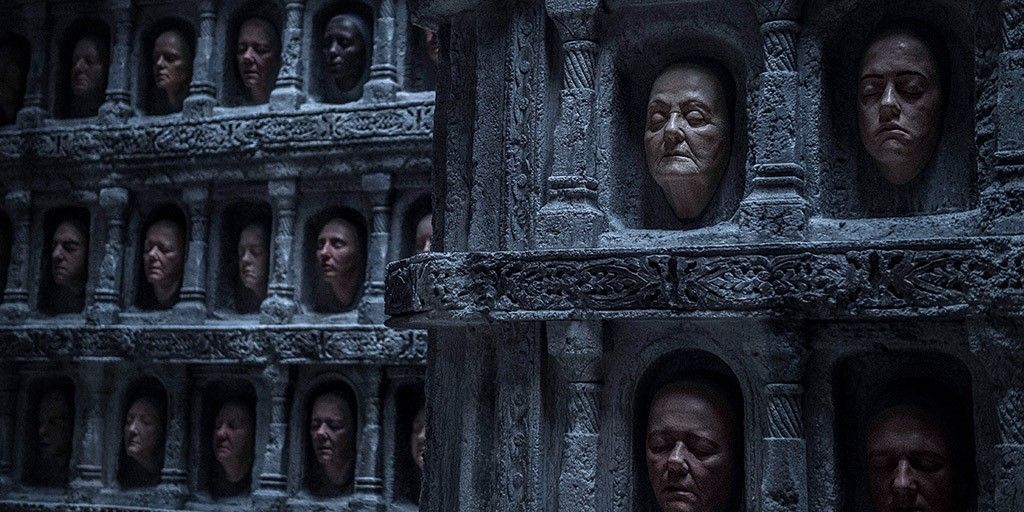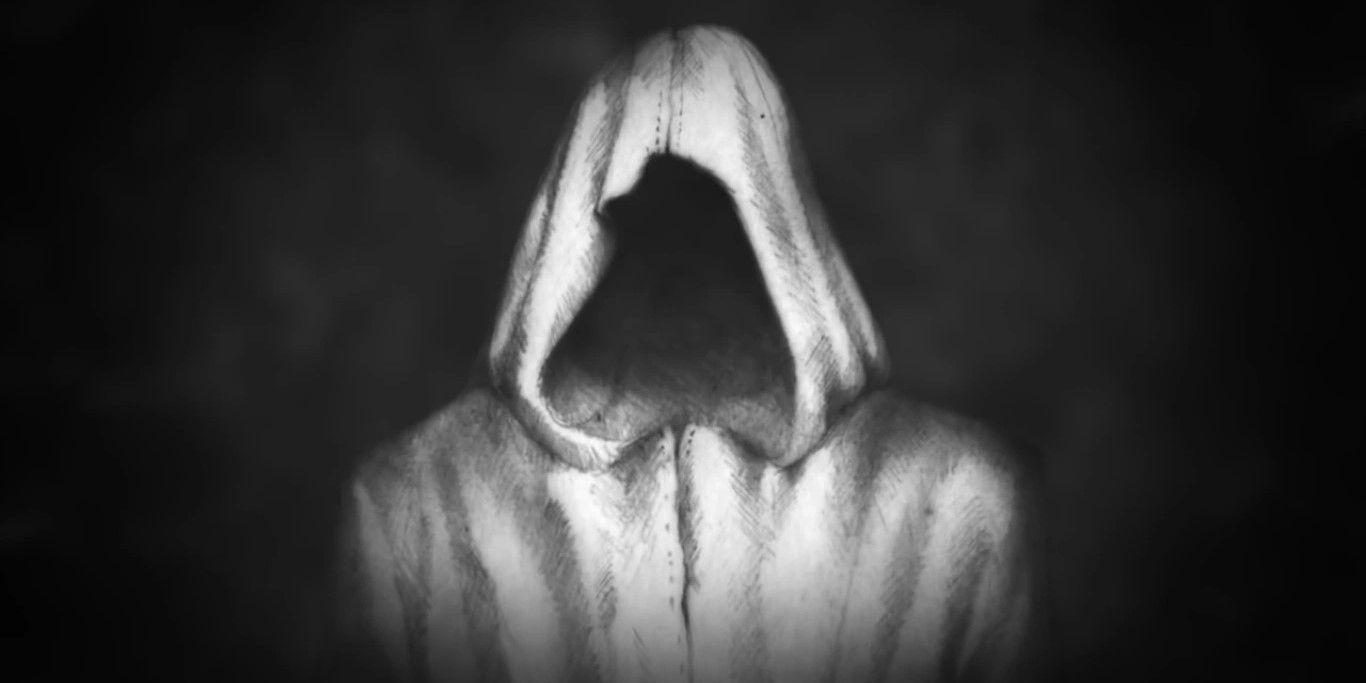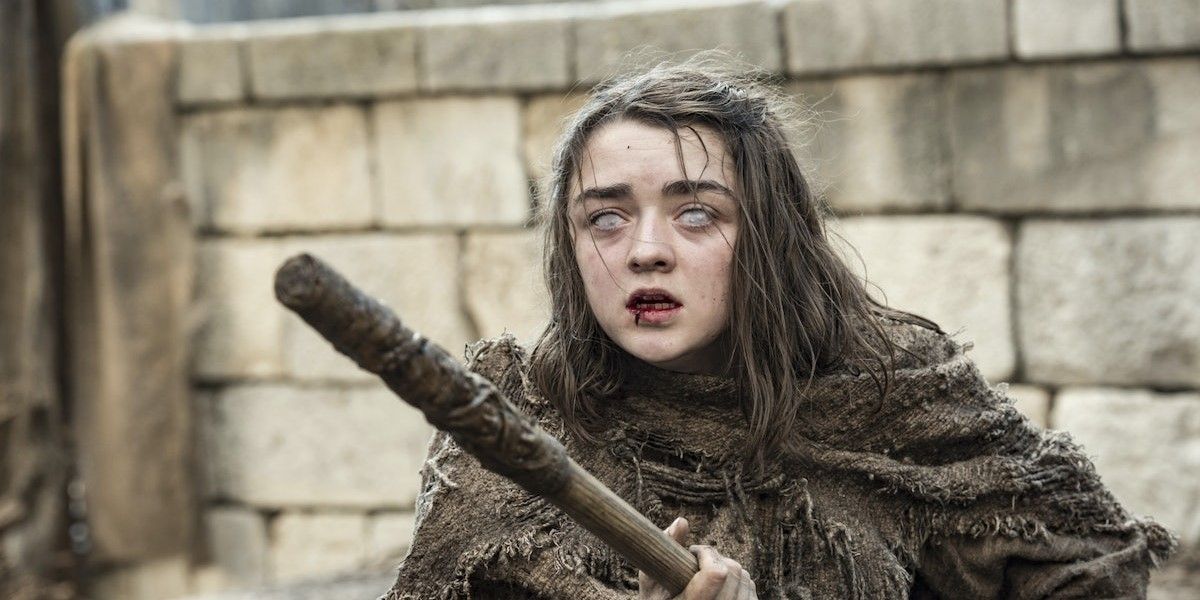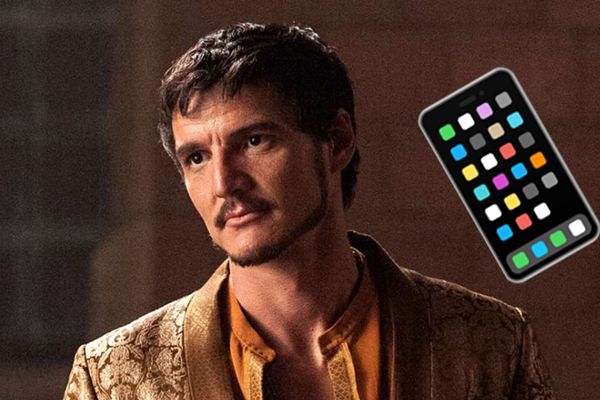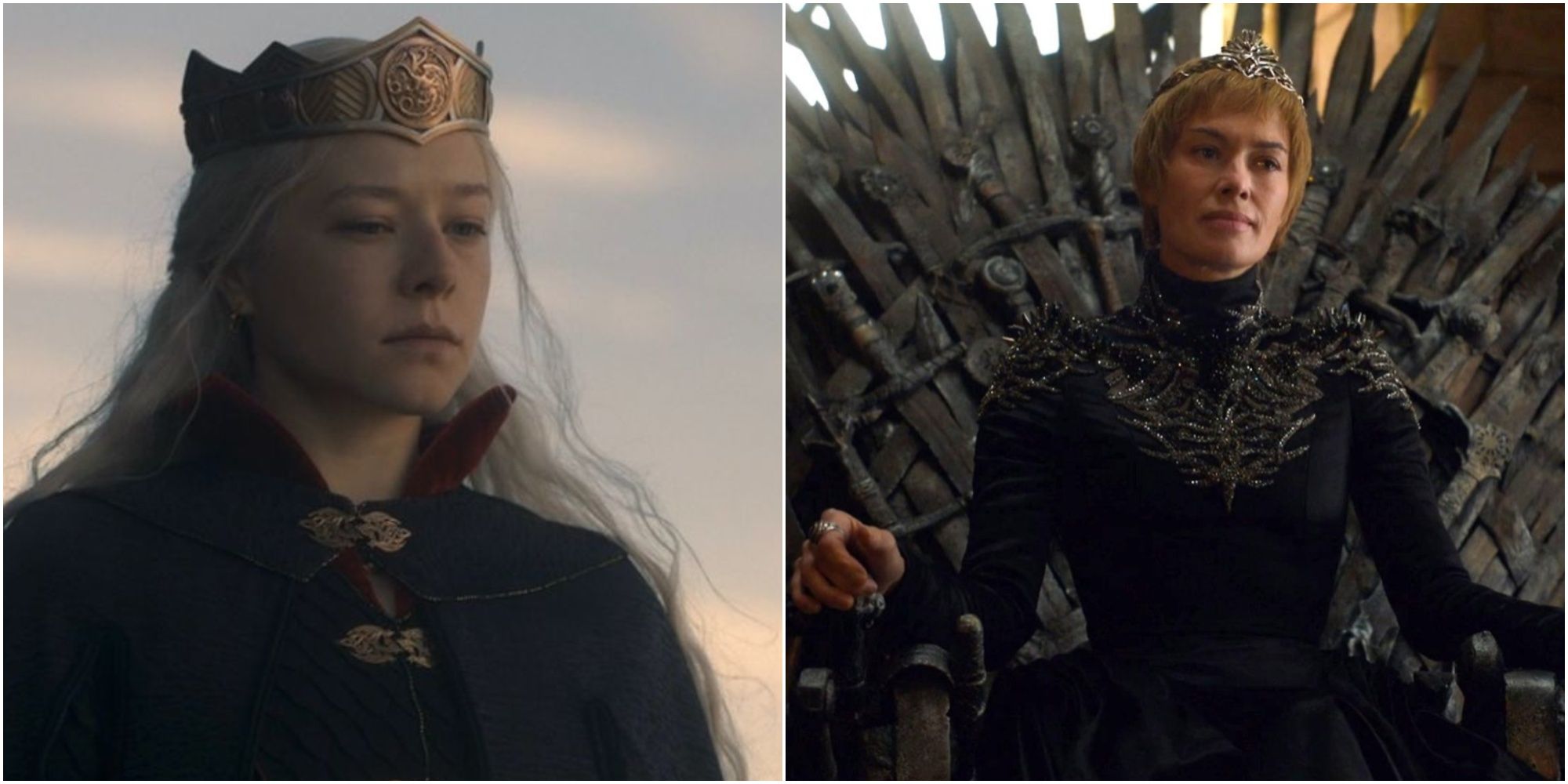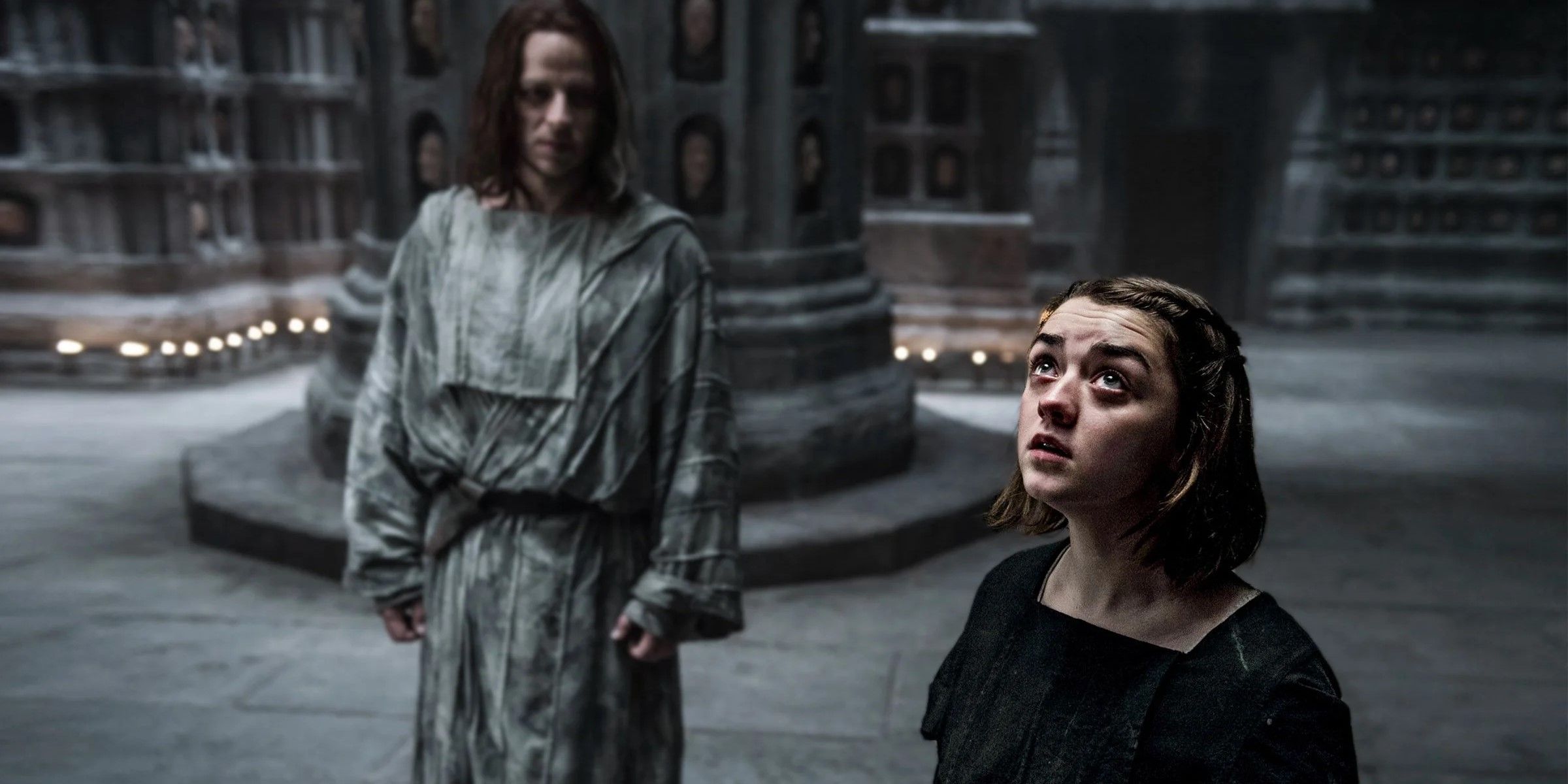
The Enigmatic Faceless Men of Game of Thrones: Unveiling their Mysterious Ways

Unveiling the enigmatic Faceless Men of Game of Thrones: their origins, motivations, and Arya's pivotal journey with them A captivating exploration into the mysterious assassins of Westeros
Game of Thrones features a multitude of religions that can be found throughout Westeros and Essos. While Westeros is limited to three main religions (The Old Gods of the Forest, The Faith of the Seven, and the Drowned God), Essos serves as a hub for various religious beliefs, with the city of Braavos being particularly significant in this respect. One of these religions is the guild of the Faceless Men, although referring to them solely as a "religion" fails to capture the full essence of their identity, beliefs, and purpose.
Introduced to fans through Arya Stark's encounter with Jaqen H'ghar after her escape from King's Landing, the Faceless Men initially retain an air of mystery, with their story and traditions becoming increasingly intricate as the series progresses. Fundamentally, the "religion" of the Faceless Men revolves around a central concept that is prevalent in numerous faiths: death.
Who Are The Faceless Men in Game of Thrones?
The Faceless Men comprise a guild of assassins devoted to carrying out contracted killings on behalf of various deities. Originating as slaves in the ancient city of Valyria, they toiled in the mines of the interconnected volcanic mountains known as the Fourteen Fires. In their despair, many of the slaves beseeched their respective native gods for death as a release from their suffering.
Observing this, an anonymous slave recognized that all religions encompass a deity with dominion over death. Regardless of the various names or faces attributed to this god, it remained the same entity in all faiths: the god of death (known as the Many-Faced God by the Faceless Men). The unknown slave took it upon himself to grant the desperate wishes of his companions, providing them with the "gift" of death as a means to end their anguish. Simply put, he would kill them in order to alleviate their suffering.
The slave quickly recruited others, giving rise to the birth of the Faceless Men. Over time, they relocated from Valyria, which was left in ruins after the catastrophic event known as the Doom of Valyria, and settled primarily in the free city of Braavos. Braavos, founded by slaves with the intention of establishing a haven that embraces everyone and promotes religious freedom, became their new home. It was here that they constructed the House of Black and White, a temple dedicated to their worship of the Many-Faced God.
The Faceless Men formed their guild of assassins, offering their services at a substantial cost, yet ensuring a level of execution surpassing any other organization of its kind. To fully become a member of the Faceless Men, one must completely relinquish their own identity and become "no one". Consequently, they have the ability to assume the identities of their victims by employing their victims' skin as a mask.
While some may view their group as mere assassins rather than a religious or belief system, the Faceless Men strongly believed that their killings were carried out in service to the Many-Faced God. Their motto, "Valar Morghulis" or "All Men Must Die," essentially signifies the inevitability of death and the fulfillment of the god of death by every living being that has ever existed.
Are The Faceless Men Different In The Books?
The Faceless Men's major functions were portrayed relatively well in the Game of Thrones television series. However, like many book adaptations, certain elements were omitted.
The origin story of the Faceless Men is never fully revealed in the TV show, leading to speculation about certain unexplained events, such as the Doom of Valyria. According to legend, Valyria was devastated by a fiery catastrophe, wiping out its architecture and all records of the Valyrian Freehold empire. However, in the books, many believe that the Faceless Men may have caused the Doom. They allegedly targeted their former slave masters, who were powerful mages responsible for preventing the volcanoes from erupting uncontrollably. As a result, the volcanoes erupted, reducing the city to ruins.
In addition to the TV series, an interesting piece of information about the Faceless Men is that the faces they use retain the memories of their original owners. These memories are then transferred to the consciousness of the assassin, granting them complete knowledge about their former victims. However, this only happens the first time they wear a victim's face.
Lastly, it is worth noting that the Faceless Men exclusively consist of men. While there was no specific rule against it in the books, it was unusual for women or children to be part of the guild. Therefore, when Arya Stark, a female child, joined the guild, it was a significant and rare occurrence.
Arya's Time With The Faceless Men, Explained
Arya encountered the Many-Faced God multiple times before becoming a member of the Faceless Men. She experienced the loss of her sister's direwolf, Lady, followed by the abandonment of her friend and dueling teacher, Syrio Forel. Witnessing her father's beheading came next, followed by the tragic loss of her mother and brother at the Red Wedding. Additionally, she witnessed many unjust deaths inflicted by the Lannister army during her journey west.
Given these experiences, it was not surprising that Arya eventually found herself in the House of Black and White. Her introduction to the Faceless Men occurred when she encountered Jaqen H'ghar, a prisoner she freed while traveling west. They later met again in a Lannister prison camp, where Jaqen impersonated a soldier. It was during this encounter that he offered to eliminate three individuals of Arya's choice, while also introducing her to the core principles of the Faceless Men religion.
Jaqen soon revealed his true identity as "no one" and extended an invitation to join the Faceless Men, where she too could embrace the identity of "no one". Eventually, she embarked on a journey to Braavos and underwent training at the House of Black and White. It was during this period that she familiarized herself with the various protocols necessary to serve the Many-Faced God. Specifically, she was bound to only eliminate targets requested of her and could not refuse an assigned assassination.
However, Arya, true to her nature, defied these regulations and consequently suffered a temporary loss of eyesight. Once her sight was restored, she was given the opportunity to fully integrate herself as "no one", but she chose to maintain her own individuality instead. Moreover, upon learning of her brother Jon Snow's survival in Westeros, she resolved to return to her family for a long-awaited reunion, while still possessing the skills acquired from her time with the Faceless Men. Consequently, Arya held the extraordinary ability to embody both "no one" and "someone" as a Faceless Man.
Perhaps a potential spin-off series centered around Arya could depict the aftermath of her choices. However, at present, she remains the cunning and proficient warrior representing House Stark in Game of Thrones, renowned for her accomplishment of defeating the Night King and his armies of the undead.
